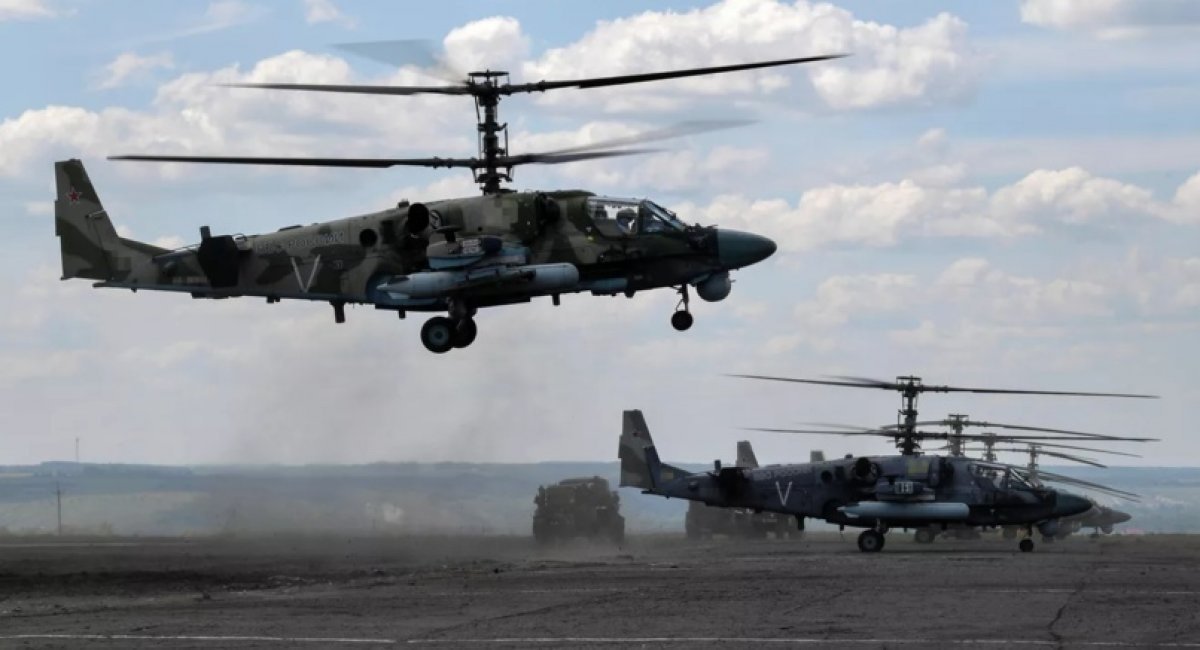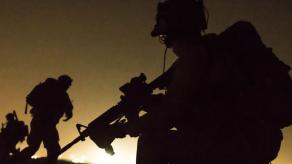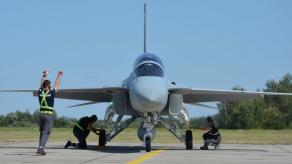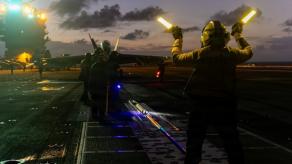A few days ago russians boasted about having destroyed Leopard 2 tanks in Ukraine which turned out to be clearly visible farming equipment. This episode of a Ka-52 helicopter attacking combine harvesters became widely ridiculed on the web but we should not forget civilian people might have been hurt there.
In this context, another question is, why russians targeted them in the first place? In fact, there is a real chance pilots mistook combines for tanks, as we can see that image on the on-board display is far from high resolution.
Read more: British Defense Ministry Analyzed russian Ka-52 Performance in Ukraine War and Decides to Keep the Apache
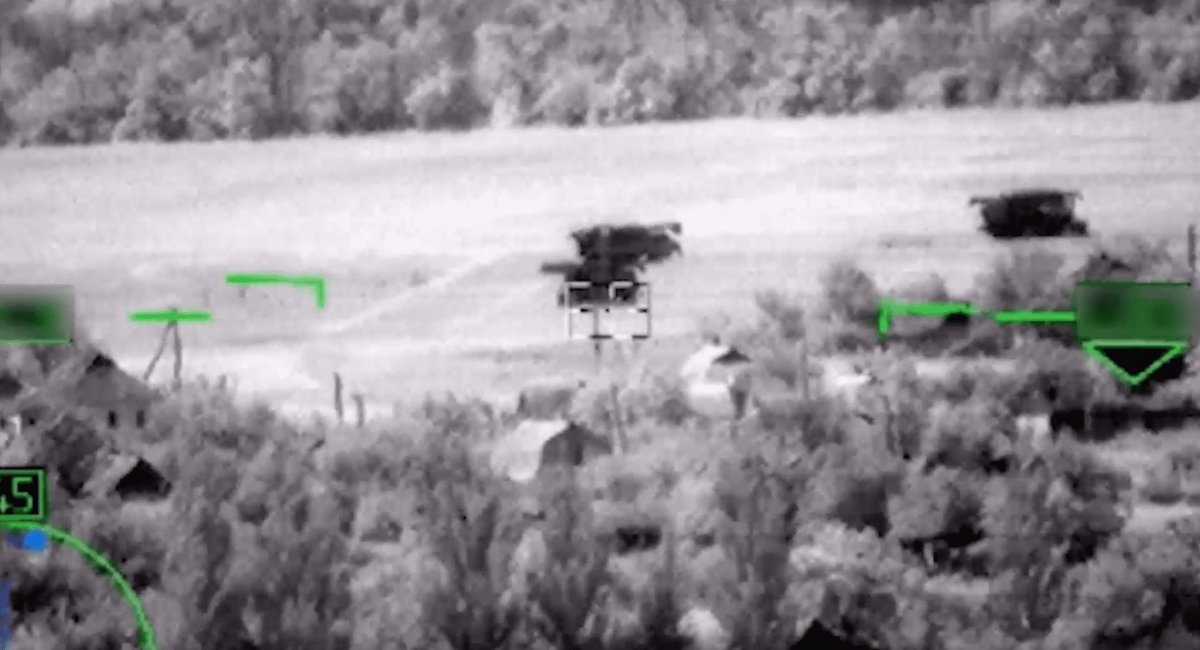
The thing is, Ka-52 designers came up with quite an illogical layout of the systems in the cockpit. When it comes to finding a target, the main role should have been played by the Arbalet-52 radar which has a declared capability of detecting tanks up to 12 km away. This system deploys two antennas; the primary one is located at the front.
Then, the main sighting system is the GOES-451 [ГОЭС-451], followed by TOES-250 [ТОЭС-250], and HUD-displays for both pilots. From the looks of it, in this particular case when Ka-52 saw tanks in the place of combines, the crew used the primary GOES-451 sight. It has a laser rangefinder and a thermal imager, laser designation sensors, and several cameras with different viewing angles. Moreover, during target engagement, this sight should receive data specifically from the Arbalet-52 radar.

But now, an important nuance kicks in. Based on what the russians published themselves, the GOES-451 sighting system's effective target detection range is only 10 kilometers, reduced to 6 kilometers at night, although the declared range is 20 kilometers during daytime. Maybe this gap between the claimed and real specifications is caused by the manufacturer's attempt to save some money on its production. It makes sense in a situation when making each Ka-52 generates a loss of 219 million rubles.
Another potential reason that could negatively impact the GOES-451 system is the constant vibration on Ka-52 which makes it a difficult task to distinguish a combine from a tank in a thermal sight during the day.
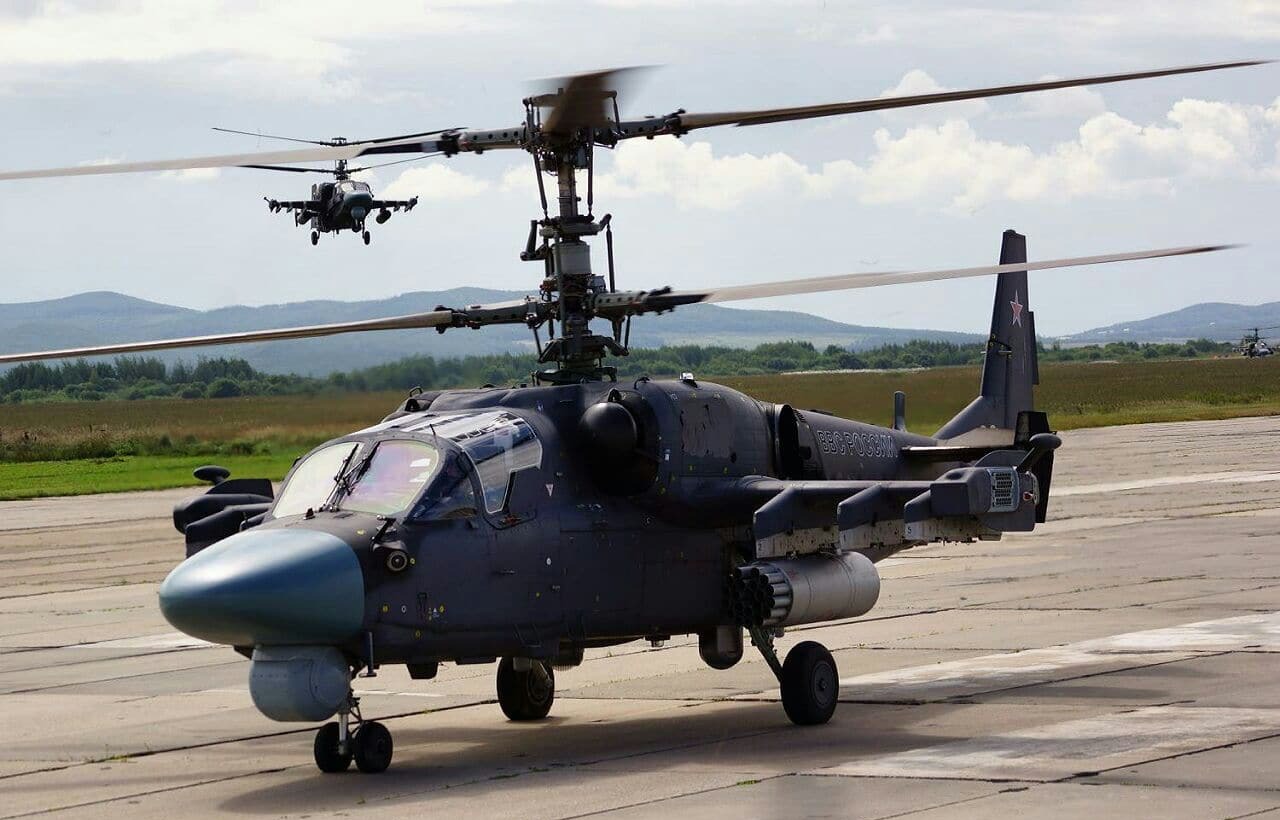
On top of that, the conditions and environment can affect, too. Apparently, russian aviation has problems coordinating strikes with tactical air control parties on the ground that are supposed to call in an airstrike and designate the target. Meanwhile, the time window for each mission is tiny, only 5 to 10 minutes, plus the shaky flight due to vibration. And as a cherry on top, there is also the factor of a potentially "prestigious target" – a Western main battle tank.
So in conclusion, the general picture might have looked like this: russian pilots operating in the Ka-52 could target the farming vehicles on purpose, hoping that the drawbacks of the GOES-451 will make it impossible to identify the target for sure during the post-mission debriefing. Later, when they had to report what the ammunition was spent on, they wrote in Leopard tanks.
Let's keep in mind that this is only one episode that happened to go viral and be documented on camera when the russian army's aviation shelled civilian targets but there are many more that are being and will be investigated.
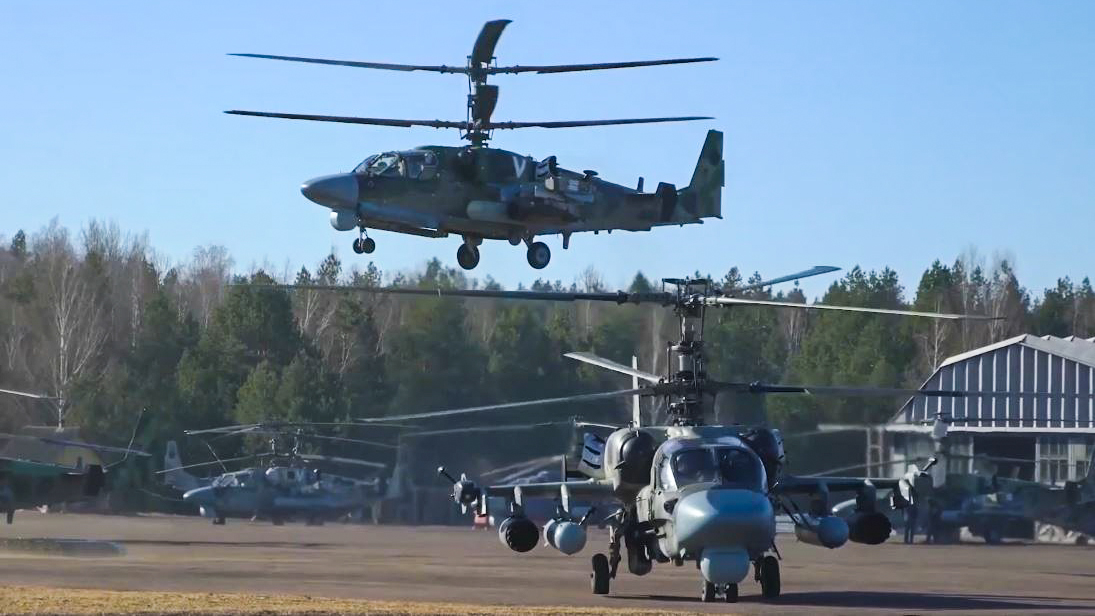
Read more: Real russian Aircraft Manufacturing Costs are Production Rates




